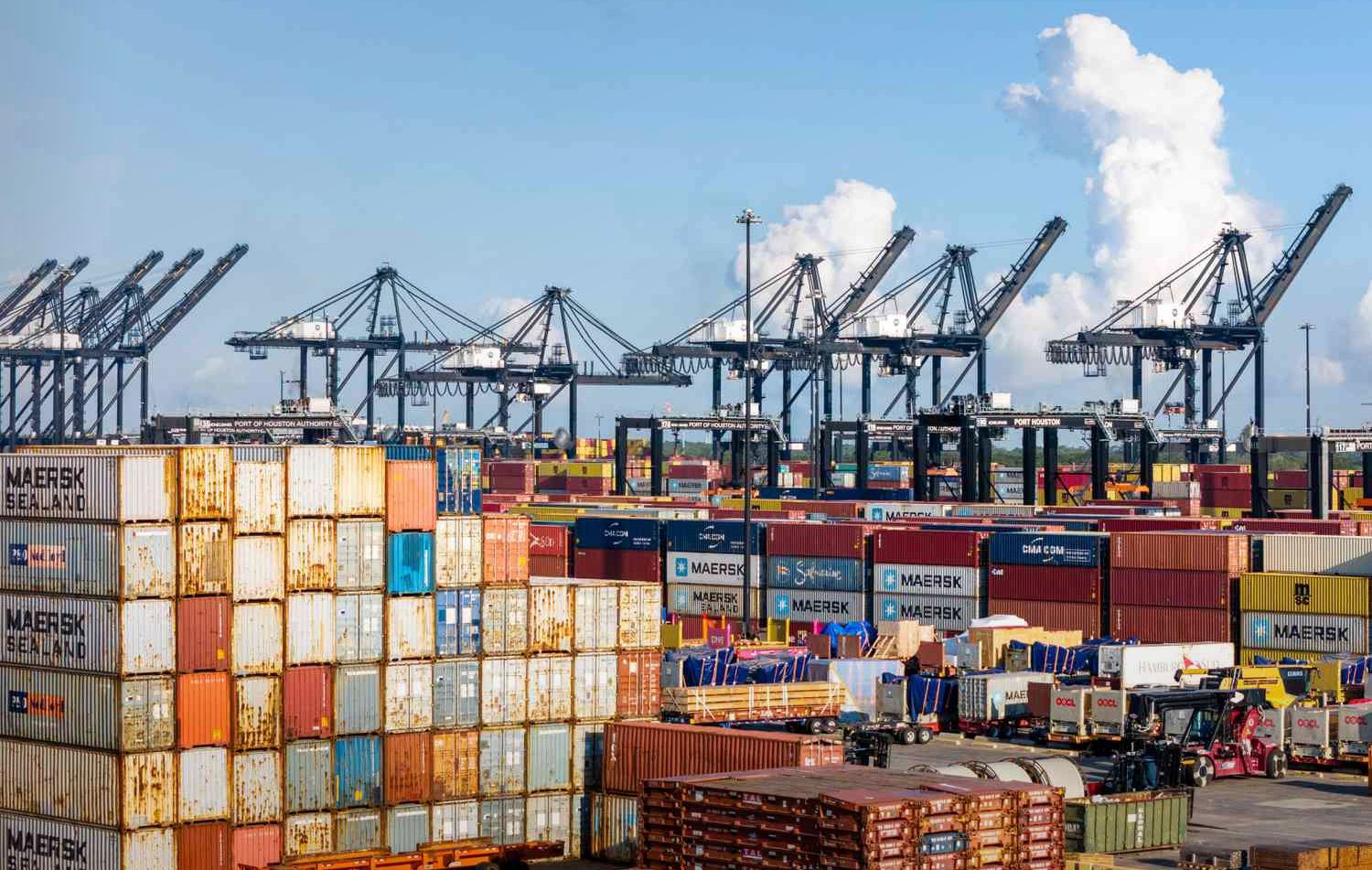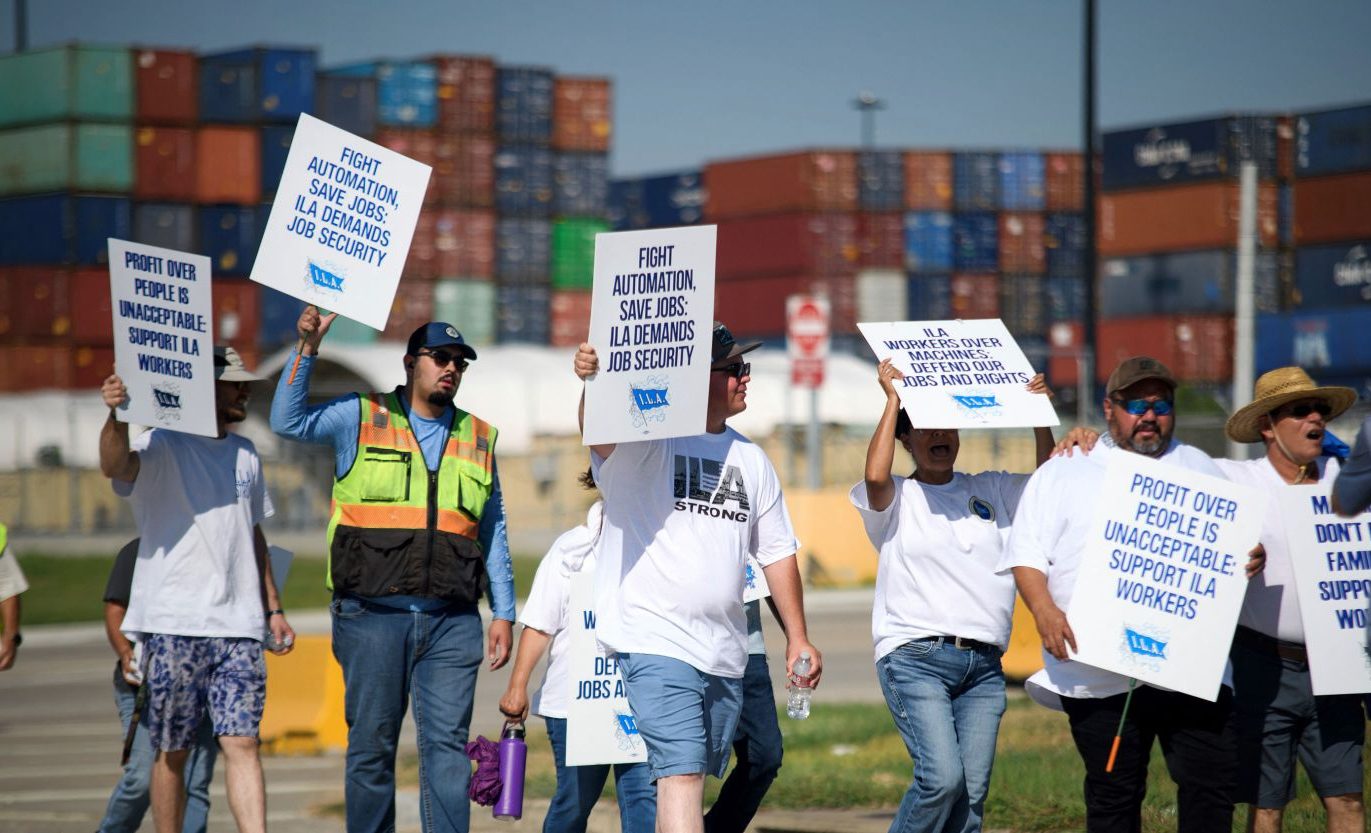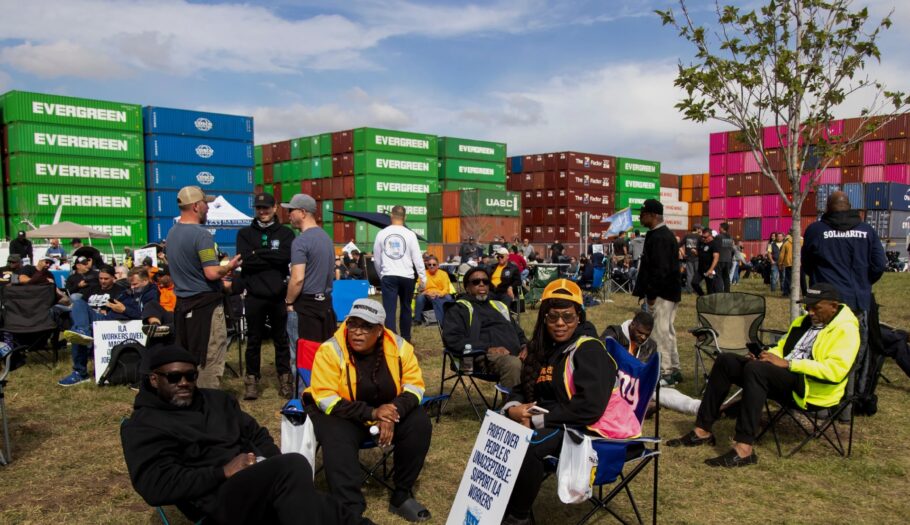The ongoing dock workers’ strike has created significant ripples across various sectors of the economy, affecting everything from shipping logistics to grocery store shelves. As workers demand better wages, improved working conditions, and fair labor practices, understanding the implications of this strike is crucial for consumers, businesses, and policymakers alike. In this article, we’ll delve into the details of the strike, its immediate effects, and what the future may hold for the labor movement.
Table of Contents
- What is the Dock Workers’ Strike?
- What Caused the Strike?
- Immediate Impacts of the Strike
- The Future of the Dock Workers’ Strike
- Frequently Asked Questions
What is the Dock Workers’ Strike?
The dock workers’ strike primarily involves longshoremen and port workers who handle cargo at shipping ports. These workers are essential for the movement of goods in and out of the country, playing a crucial role in the global supply chain. The strike has led to significant disruptions, affecting ports on both the East and West coasts of the United States, where cargo traffic is particularly heavy.
Recent news reports indicate that the International Longshoremen’s Association (ILA) is at the forefront of the strike, calling for better wages and working conditions amidst rising living costs and inflation. With many dock workers feeling undervalued and overworked, the strike reflects broader concerns within the labor market.
What Caused the Strike?
The roots of the dock workers’ strike can be traced back to a combination of factors:
- Low Wages: Many dock workers report that their wages have not kept pace with inflation, leading to dissatisfaction and unrest. This issue has been exacerbated by the increasing cost of living, particularly in coastal cities where many dock workers reside.
- Poor Working Conditions: Many workers have cited hazardous working environments as a primary concern. Safety measures and equipment have not been updated in line with industry standards, leading to a growing sense of urgency for reform.
- Increased Automation: With the rise of technology in the shipping industry, many workers fear that automation will replace their jobs. This fear has led to calls for job security guarantees, which have not been adequately addressed in negotiations.
- Collective Bargaining Issues: The negotiation process between the ILA and port authorities has been fraught with difficulties. Previous agreements have failed to address the core issues that workers are facing, leading to a breakdown in trust and ultimately to the strike.

Immediate Impacts of the Strike
The ongoing dock workers’ strike has far-reaching implications for various sectors:
1. Economic Disruption
The immediate economic impact is substantial. With ports closed or operating at reduced capacity, the flow of goods is significantly slowed. This has led to supply chain disruptions that are felt far beyond the docks:
- Increased Prices: As supply chains are disrupted, the cost of shipping goods has increased. This rise in shipping costs will likely trickle down to consumers, resulting in higher prices for everyday items.
- Grocery Store Shelves: Essential items such as toilet paper, cleaning supplies, and food products are starting to dwindle in supply, prompting fears of shortages.
- Job Insecurity: The strike has created anxiety among workers in related industries. Those who rely on shipping, such as retailers and manufacturers, may be forced to cut jobs or reduce hours if the strike continues.
2. Consumer Behavior Changes
In response to the strike and the resulting shortages, consumers are changing their buying habits:
- Panic Buying: Many consumers are rushing to stock up on essential goods, leading to empty shelves in grocery stores. This behavior further exacerbates the supply chain issues and creates a feedback loop of shortages.
- Alternative Shopping Methods: Consumers are turning to local suppliers or looking for alternative products to meet their needs, which may benefit small businesses but hurt larger retailers.
3. Port Operations
The strike has also led to a re-evaluation of port operations. Shipping companies are scrambling to find alternative routes and methods for moving goods:
- Increased Shipping Times: With fewer workers available, shipping companies are seeing delays that can affect everything from delivery dates to inventory management.
- Increased Costs for Companies: As companies seek alternatives, the costs associated with rerouting cargo and finding new shipping solutions are rising.
The Future of the Dock Workers’ Strike
The future of the dock workers’ strike is uncertain, with several potential scenarios that could play out:
- Negotiation and Resolution: If negotiations between the ILA and port authorities succeed, the strike could come to an end, allowing for a return to normal operations. This would require a willingness from both parties to compromise on key issues.
- Continued Disruption: If no agreement is reached, the strike may continue for an extended period, leading to worsening economic conditions and increasing frustration among consumers and businesses alike.
- Political Ramifications: The strike could prompt local and national politicians to take action, potentially resulting in legislation that addresses labor issues more broadly.

Potential Legislative Actions
The ongoing situation may also lead to legislative scrutiny. Past strikes have prompted the introduction of laws aimed at protecting workers’ rights and ensuring fair labor practices:
- Taft-Hartley Act: This U.S. labor law allows the federal government to intervene in strikes that could harm national security. Its invocation could alter the dynamics of the current strike significantly.
- Labor Law Reforms: Increased attention on the plight of dock workers could lead to broader reforms in labor laws, aiming to improve conditions for all workers across various industries.
Frequently Asked Questions
1. Why are dock workers striking?
Dock workers are striking to demand better wages, improved working conditions, and job security in the face of rising automation and cost of living.
2. What impact does the strike have on consumers?
ns and limited availability of essential items in stores.
3. How long is the strike expected to last?
The duration of the strike is uncertain and depends on the outcome of negotiations between labor unions and port authorities.
4. What can consumers do to prepare for potential shortages?
Consumers can stock up on essential goods, avoid panic buying, and consider alternative shopping methods to mitigate the impact of shortages.
5. How are port operations affected by the strike?
Port operations are disrupted, leading to delayed shipping times and increased costs for shipping companies as they seek alternative routes and methods for transporting goods.
Conclusion
The dock workers’ strike is a complex issue with far-reaching implications. As workers fight for their rights, consumers, businesses, and policymakers must navigate the challenges posed by supply chain disruptions and economic instability. By understanding the underlying causes and potential impacts of the strike, we can better prepare for the future and advocate for fair labor practices.
Additional Resources
For more information on the dock workers’ strike, please refer to the following external sources:




All Comments
Normally I do not read article on blogs however I would like to say that this writeup very forced me to try and do so Your writing style has been amazed me Thanks quite great post